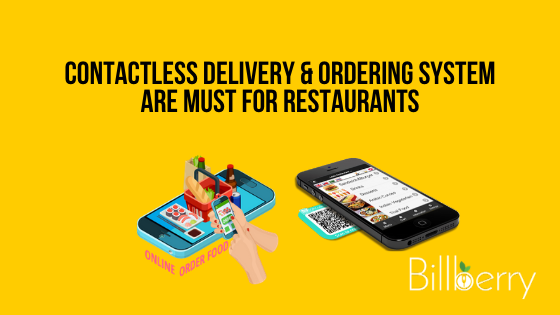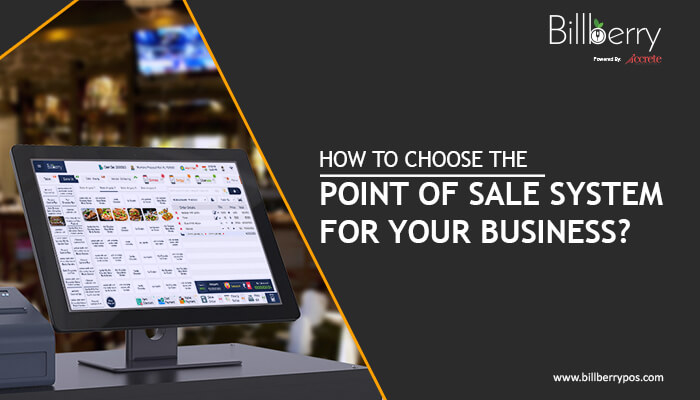Sweets are not just food in India, they’re an emotion. From festivals and weddings to everyday indulgence, the love for sweets runs deep across all corners of the country. So, if you’re thinking to start a sweet shop, you’re tapping into a timeless tradition and a business with enormous growth potential.
But behind those mouth-watering displays lies a competitive, fast-moving industry. To truly succeed, you need more than a love for sweets, you need a strong foundation.
In this article, we’ll walk you through the essential steps to open a successful sweet shop in India.
Why Start a Sweet Shop Business?
Everyone loves sweets, but not everyone turns that love into a profitable venture. Starting a sweet shop offers you the chance to:
~ Be part of every celebration in your customers’ lives.
~ Build a brand that becomes a household name in your area.
~ Start small and scale into multiple outlets or a franchise.
But remember, sweets are perishable, and the market is crowded. You’ll need the right mix of planning, location, product quality, and technology to stand out.
Step 1: Create a Solid Business Plan
A well-structured business plan is your first step toward success. Here’s what to include:
~ Business Type: Decide if you want a traditional sweet shop, a modern boutique-style dessert studio, or even a hybrid with seating and snacks.
~ Production Setup: Will you prepare sweets in-house or source them from established vendors?
~ Sales Channels: Plan if you’ll sell offline only, or integrate with online aggregators like Zomato, Swiggy, or your own website.
~ POS Software: A smart Sweet Shop POS software like Billberry can integrate your online and offline orders while managing inventory and billing.
~ Seating or Takeaway: Decide whether you’ll offer dine-in space or stick to takeaway/delivery only.
~ Business Size: Outline your initial size, workforce, and product range. Starting small and scaling smart is always wiser.
📌 Pro Tip: Since sweets can’t be stored for long, managing production and inventory efficiently is critical to reduce waste and maximize profit.
Step 2: Choose the Right Location
Location can make or break your business. Look for:
~ High Footfall Areas: Busy markets, near schools, offices, or main roads.
~ Visibility: Make sure your shop can be easily seen and accessed.
~ Competitor Analysis: Avoid opening next to well-established sweet shops unless you offer something distinctly different.
Also, ensure your space can accommodate:
1. Kitchen & storage
2. Display counters
3. Billing area
4. Seating, if needed
And don’t forget to consider a professional website for your sweet shop to attract digital audiences.
Step 3: Plan Your Budget & Arrange Funding
Starting a sweet shop requires investment for:
1. Equipment
2. Interior setup
3. Raw materials
4. Staff salaries
5. Licenses & marketing
If you need financial assistance:
~ Apply for loans through MSME schemes (especially if you have prior experience).
~ Approach banks or NBFCs with a solid business plan.
~ Explore private lending options—just be sure to understand interest terms carefully.
✅ Always plan for working capital to manage your day-to-day operations, especially during the early months.
Step 4: Franchise or Build Your Own Brand?
This decision depends on your risk appetite and business vision:
📍 Start Your Own Brand
Pros:
~ Full control over product, brand, and pricing
~ Opportunity to build a unique identity
Challenges:
~ You’ll need to handle marketing, product development, and branding yourself
📍 Buy a Franchise
Pros:
~ Ready-made brand recognition
~ Training & support from the franchisor
~ Lower marketing burden
Challenges:
~ Franchise fees, royalty, and limited creative freedom
👉 Many franchises also provide in-built POS and inventory software to make operations easier.
Step 5: Get the Required Licenses & Registrations
Starting a sweet shop legally requires multiple licenses. Here’s a quick list:
~ FSSAI License (mandatory for food businesses)
~ GST Registration
~ Health & Trade License from your local municipality
~ Fire Safety Certificate
~ Shops & Establishment License
📄 If your shop is on rented property, you’ll also need commercial usage permission from the landlord.
Step 6: Buy Essential Equipment
Your equipment will depend on the types of sweets you offer. However, common items include:
1. Refrigerators & freezers
2. Gas stoves, burners, and mixers
3. Sweet display counters with temperature control
4. Weighing scales
5. Packaging materials
6. Billing machine and POS system
💡 Choose a POS system that supports weight-scale integration, helps you manage recipes, staff, customer data, and online orders. A sweet shop POS like Billberry simplifies operations, tracks daily sales, and even manages multiple outlets.
Step 7: Curate a Menu That Sells
Don’t go overboard initially. Start with crowd favorites and a few signature items:
~ Milk-based sweets (Kaju Katli, Rasgulla)
~ Dry fruit mithais
~ Regional specialties
~ Fusion sweets (like chocolate barfi, gulkand laddoo)
Make sure:
~ All products are fresh, consistent, and hygienic
~ You avoid overstocking items that don’t sell often
~ Menu leaves room for seasonal specials and experimentation
Step 8: Hire the Right Team
~ Your team defines your quality.
~ Experienced sweet makers (halwais) who know traditional methods
~ Billing staff who are tech-savvy and courteous
~ Helpers for packaging, delivery, and upkeep
Also, provide staff with proper uniforms and hygiene protocols. An efficient BillBerry’s Sweet Shop POS system can help you track employee shifts, productivity, and salary distribution.
Step 9: Understand Your Customers
Your customer data is your goldmine. Keep track of:
1. Best-selling items
2. Repeat customers
3. Feedback and complaints
4. Use a restaurant CRM system like Billberry to:
5. Run loyalty programs
6. Offer birthday discounts
7. Send SMS/WhatsApp offers to regulars
8. Analyze data to introduce new sweets based on seasonal demand
The Conclusion
If you want to effectively invest your time and money, you must do it gradually because there is no quick way to build a profitable business.
Having patience is the key, when you will start a sweet shop profit margin will increase over time.
The actions outlined above are excellent preparation to successfully start a sweet shop business that will pay off in the long run.









